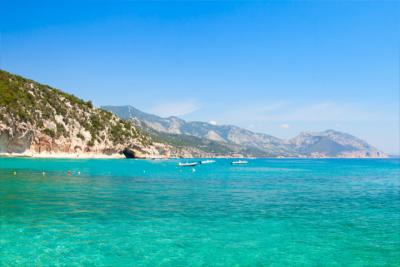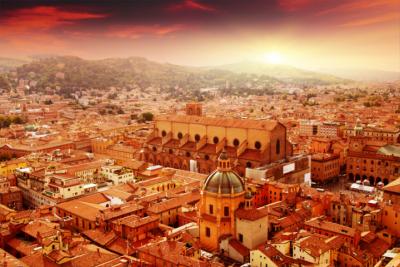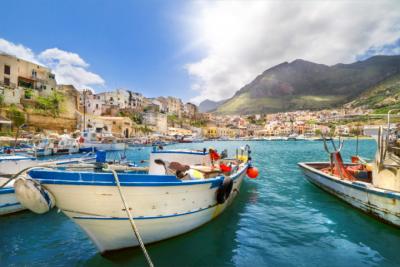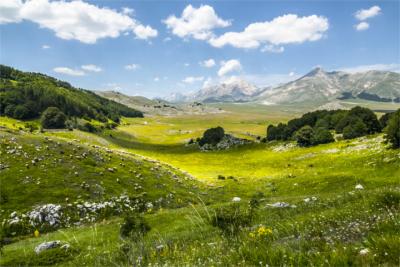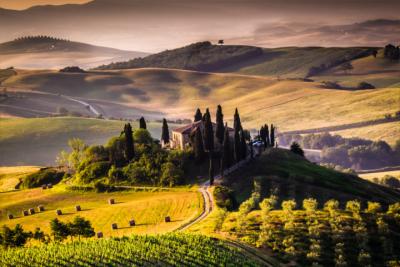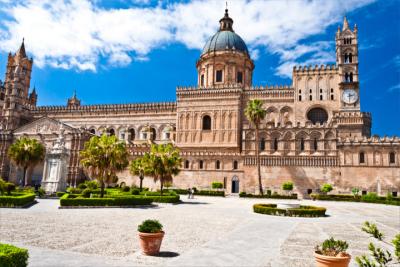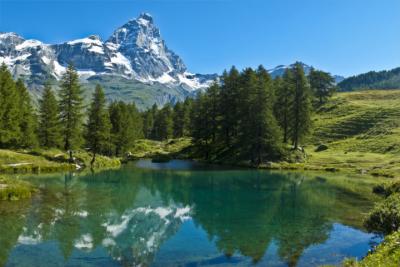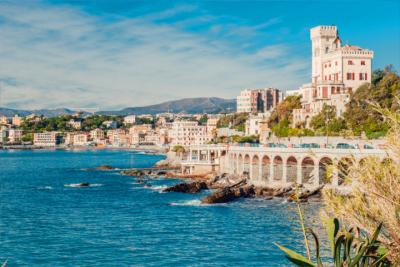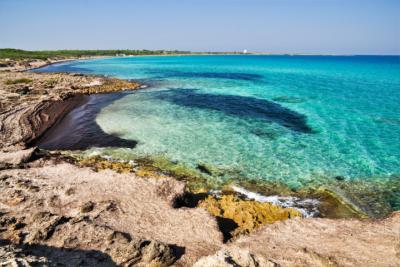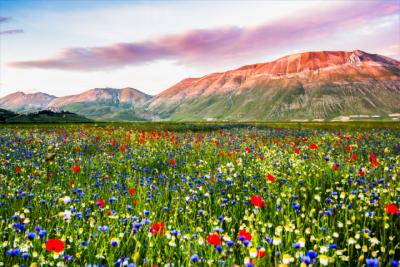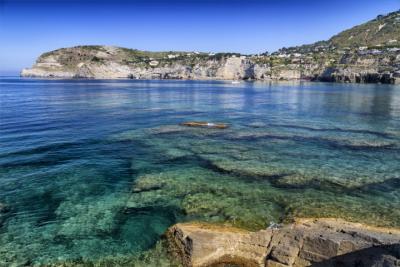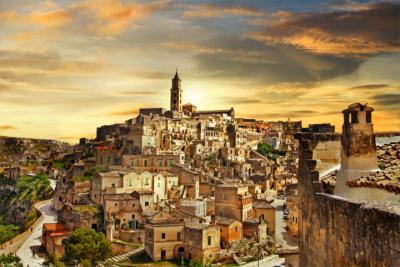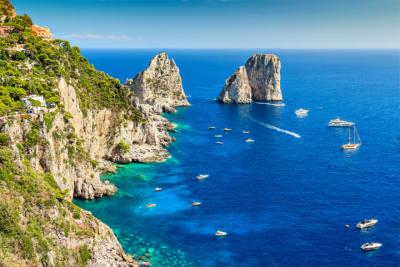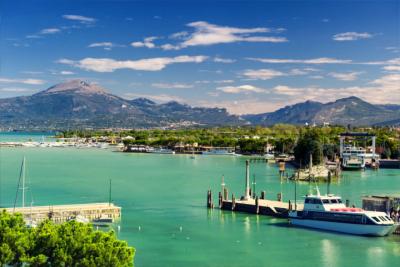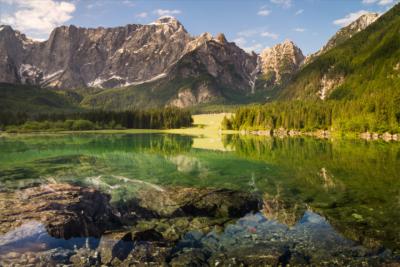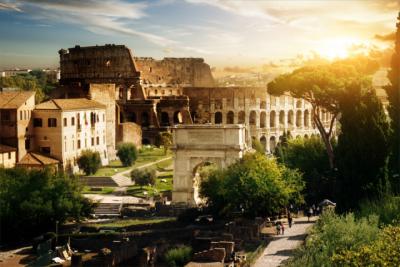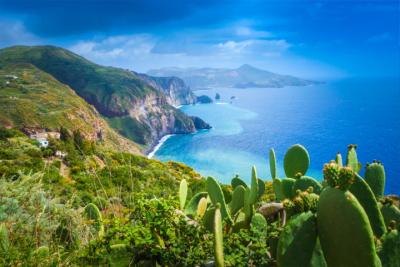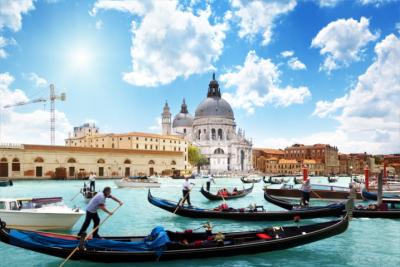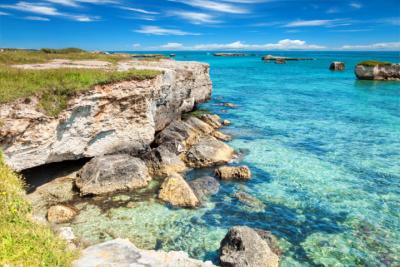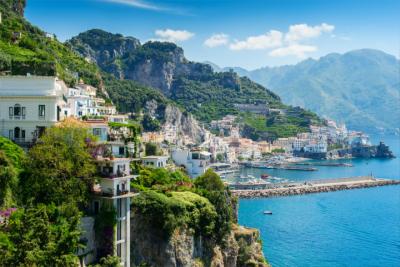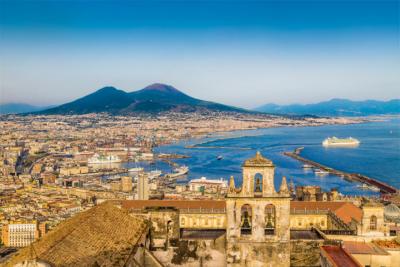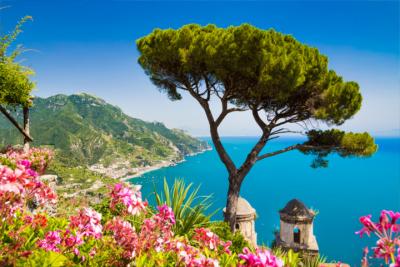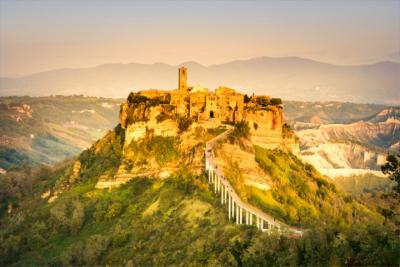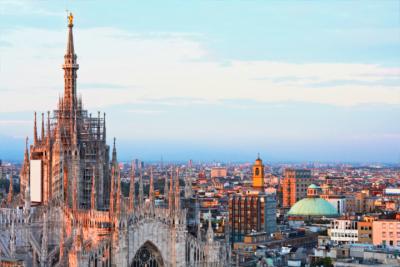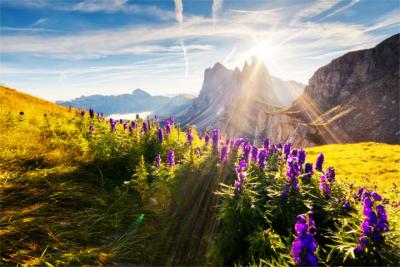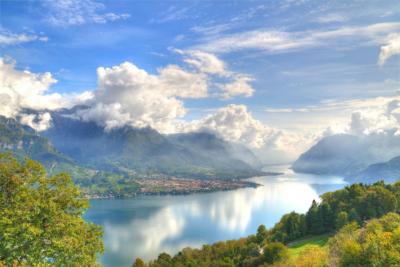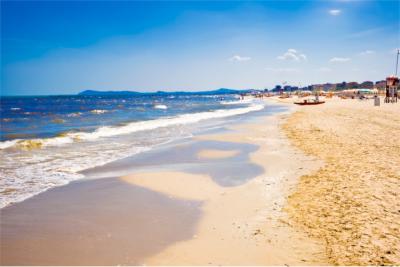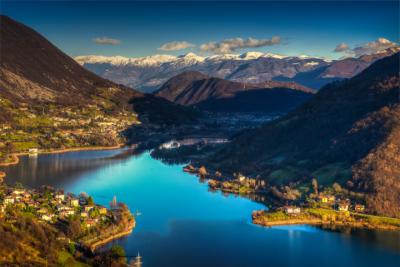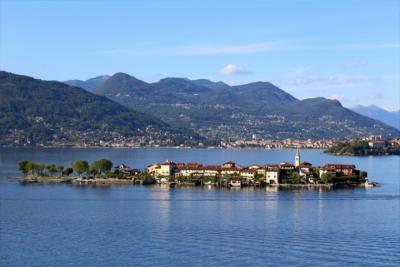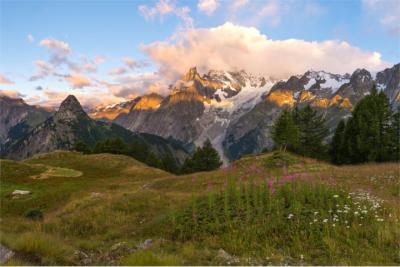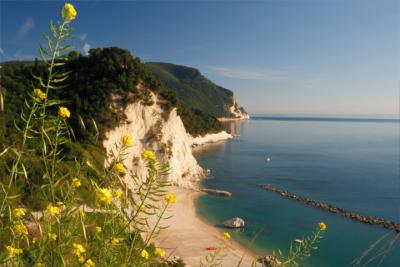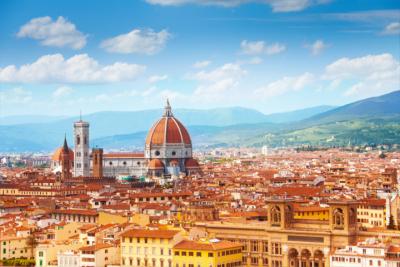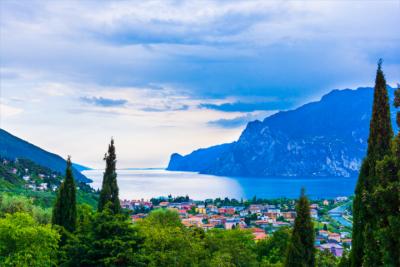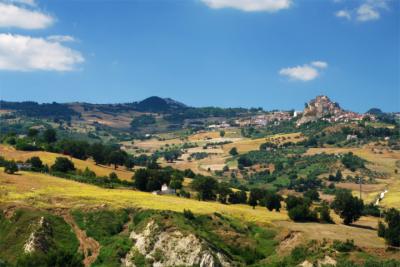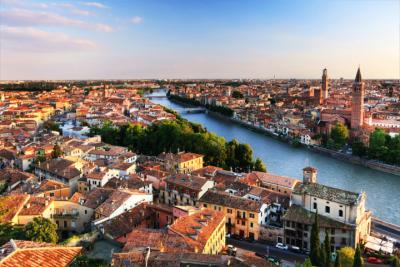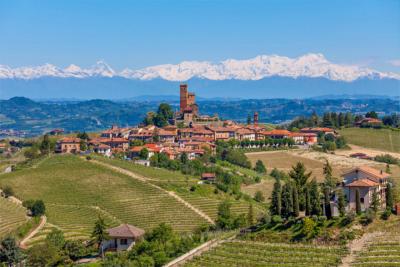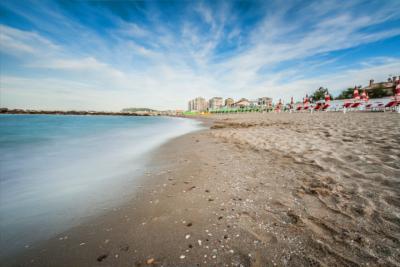Travel Offers
Travelmyne Featureprint
Distance
Tuscany – A Romantic Cultural Landscape
Tuscany already inspired Leonardo da Vinci to paint glorious masterpieces. As the cradle of the Renaissance, this part of Italy offers numerous cultural cities. Together with the Mediterranean hilly landscape covered in cypresses and pine trees, Tuscany is one of the most romantic regions on earth.
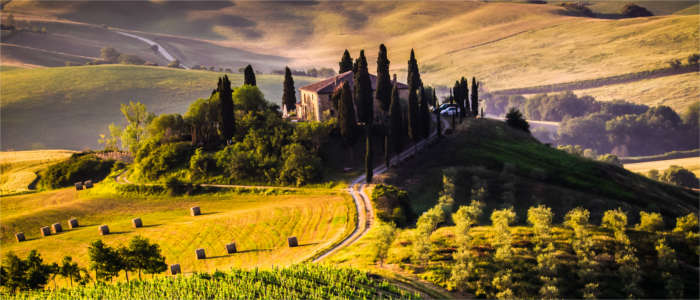
Geography - In the middle of Italy at the Ligurian Sea
Tuscany (capital: Florence) is a region at the Ligurian Sea in Central Italy and borders on the communities of Liguria, Emilia-Romagna, Marche, Umbria and Lazio. Its area of almost 23,000 km² is divided into ten provinces: Florence, Livorno, Grosseto, Pisa, Lucca, Massa and Carrara, Pistoia, Siena, Arezzo and Prato. In addition, the Tuscan archipelago belongs to the region which contains the island Elba (Italy's third biggest island). Tuscany is known for its scenic hilly landscape, which is vegetated by cypresses, pines, olive trees and vines. The region's highest mountain is Monte Prado, which is 2,054 metres high. The climate in the region is Mediterranean with mild winters and hot summers. Depending on the geographical position, the weather can vary considerably. It is generally colder in the mountainous landscapes than in the valleys and it can get very hot in the vast and less vegetated areas.
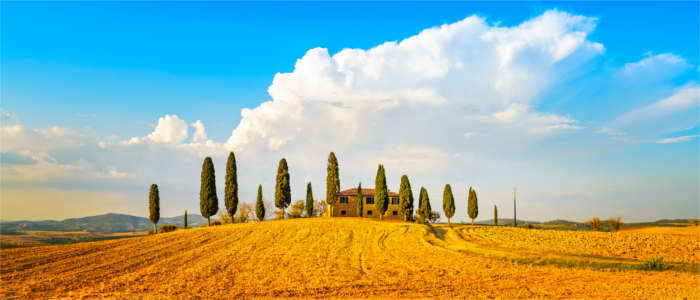
Nature - A Mediterranean hilly landscape
Tuscany's landscape can be divided into the coastal and the mountainous landscape. The harsh mountains in the Garfagnana or the Casentino in the mountain range of the Apennines are as impressive as the hilly landscapes of the Crete Senesi, the Val d'Orcia - which has been part of the World Cultural Heritage since 2004 - or the Chianti region. Furthermore, the coastal parts of the Etruscan Riviera, the Versilia or the Maremma fascinates numerous visitors with their fine sandy beaches and crystal clear water. Tuscany's Mediterranean scenery is most of all famous for its cypresses and pines but genista, myrtle, heather, oleander, thyme, rosemary as well as oak and chestnut forests also decorate its landscape. There are 54 nature reserves, three natural and two national parks in the region. One of them is the Archipelago Toscano National park (Parco Nazionale Arcipelago Toscano), which comprises the seven islands of Elba, Giglio, Capraia, Gorgona, Pianosa, Giannutri and Montecristo and is Europe's greatest sea park.
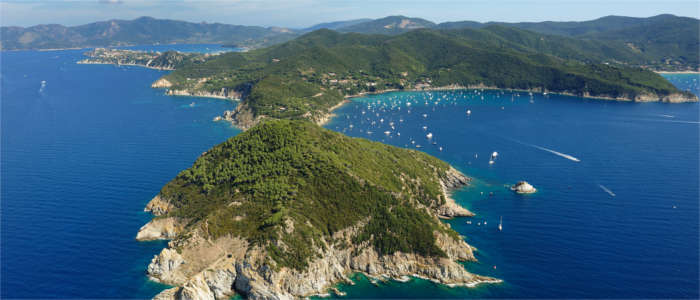
Culture - The birthplace of the Renaissance
Tuscany, whose name is derived from the ancient people of the Etruscans, flourished in the Middle Ages and is considered the birthplace of the Renaissance. It started out in the cultural city of Florence in the 15th century and spread over the whole of Europe. Therefore, it is not surprising that Florence accommodates an incredibly greater number of cultural treasures from that period than any other part of the world. Examples are the Cathedral, the Basilica of Santa Maria Novella, the Palazzo Vecchio and the Uffizi. However, there are other Tuscan cities and towns such as Pisa, Pienza, Siena or San Gimignano which reflect the glamour of the region's past with breathtaking architectural buildings. Siena with its medieval old town and the Piazza del Campo, Pisa with the Piazza dei Miracoli and the Leaning Tower, Pienza as the ideal city of Pope Pius II or San Gimignano with its medieval towers - they are all part of the World Cultural heritage of the UNESCO and attract thousands of visitors every year. In addition to the pine and olive trees as well as the cypresses, these historical cities and tows have been the subject of the works of many writers, painters and dreamers. World-famous artists and people from the region are Leonardo da Vinci, Raphael, Michelangelo and Donatello. Tuscany is the prime example of Italian romance.
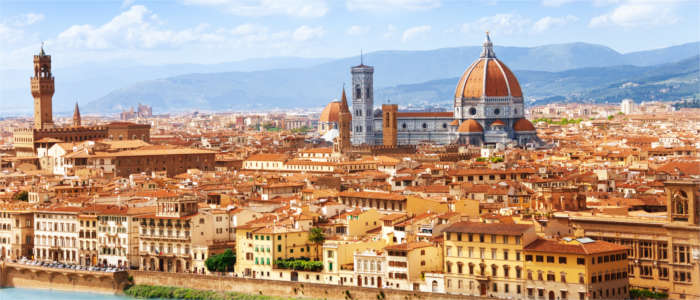
Experience - Traditional competitions and unsalted bread
Tuscany hosts countless historical celebrations and spectacles as well as religious and traditional festivities. The history-charged competitions are an extraordinary experience. Traditional contests such as barrel rolling, jousting or horse racing take place in many Tuscan towns and give fame and honour to the victorious part of town. Well-known and much frequented medieval festivities in Tuscany are the Carnival of Viareggio and the horse race (Palio) in Siena. The Tuscan cuisine is characterised by rural traditions as well as fresh and seasonal ingredients. Vegetables, mushrooms, deer, poultry, beef, pork or lamb are the basis of various Tuscan dishes, which are often complemented by a glass of Chianti - one of the most famous wines worldwide. Another great and vital part of many Tuscan dishes is olive oil. There are about 14 million olive trees in the region with 17 different kinds of olives. In addition, the pane sciocco ("bread without salt") is a Tuscan speciality which is served with most meals. The saltless bread dates back to a fight between Florence and Pisa in the 12th century, during which Pisa stopped supplying the region with salt.
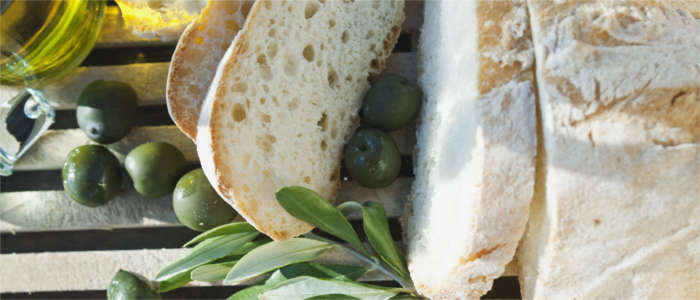
Activities - Relaxing cultural holidays
Tuscany is the ideal location for enjoying the wonderful culture of medieval Italy. Numerous cultural cities and towns invite visitors to go on sightseeing tours. These can easily be combined with sporting activities. Well-developed hiking, horse-riding and cycling trails connect the most important cultural centres with each other. You find bicycle or scooter rentals in most cities and even in some accommodations. Furthermore, the coastal areas offer great conditions for going surfing, diving, swimming and fishing in summer. The many campsites in the region offer a variety of leisure activities, for example boat tours to the Tuscan Archipelago with bathing and diving stops. Holidaymakers who are looking for relaxation and recreation can visit one of the countless thermal baths (Termi di Saturnia, Montecatini Terme and Monsummano Terme).
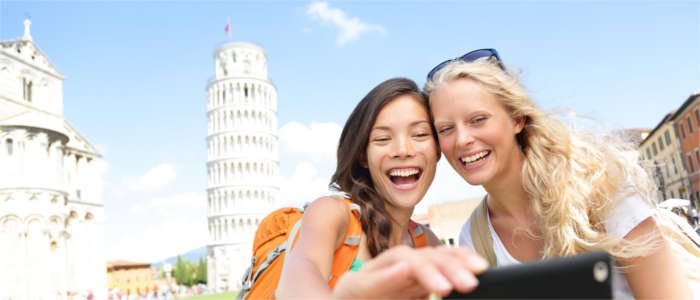
Information
Travellers can arrive in Tuscany by plane, car, bus or train. Within the region, you best take the bus or train. However, a great way of exploring the region thoroughly is by renting a car. The best time for travelling Tuscany depends on holidaymakers' interests and preferences. If you like hiking and cycling, spring and autumn are suitable seasons. The summer months are the perfect time for holidays at the seaside.
Tuscany is the ideal travel destination for culture and art enthusiasts. The Mediterranean nature and the magical beaches create a romantic atmosphere and offer relaxation and recreation.

